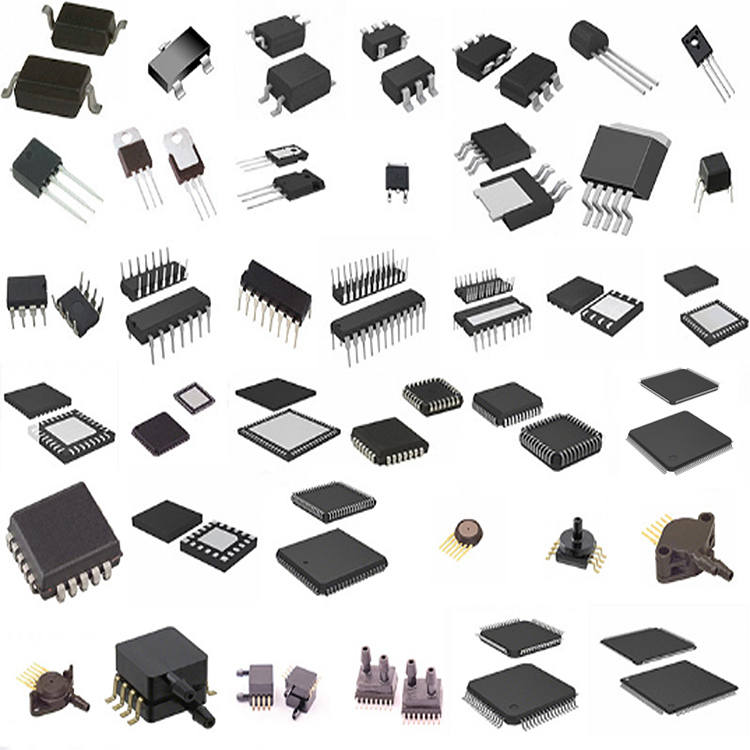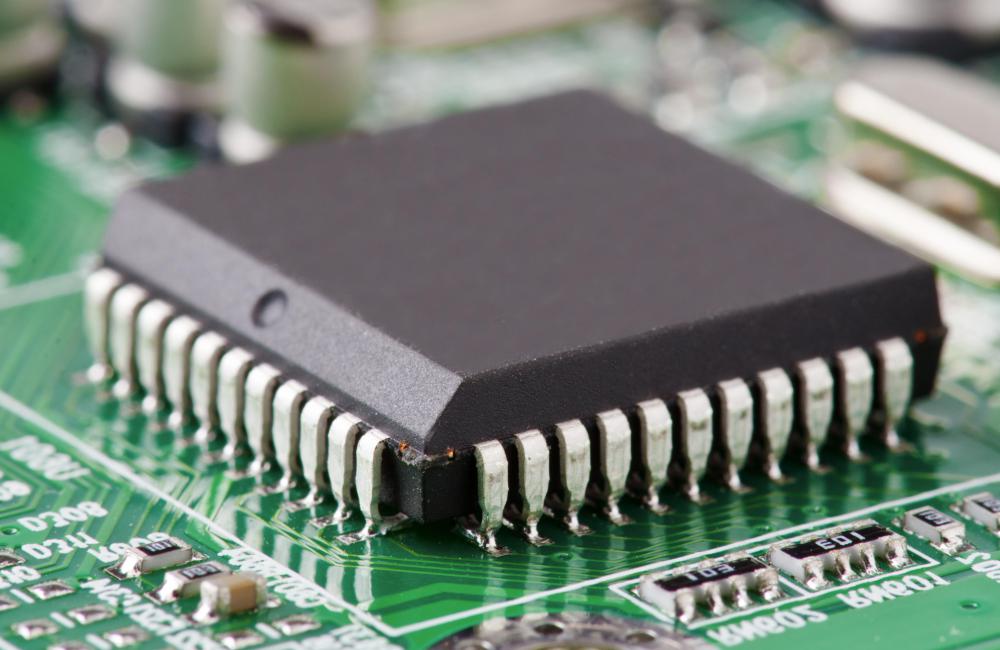An integrated circuit (IC), sometimes called a chip, microchip or microelectronic circuit, is a semiconductor wafer on which thousands or millions of tiny resistors, capacitors, diodes and transistors are fabricated. An IC can function as an amplifier, oscillator, timer, counter, logic gate, computer memory, microcontroller or microprocessor.
Microcontrollers are integrated circuits that govern specific operations in embedded systems, consisting of a processor, memory and input/output peripherals on a chip. This image shows a Microchip Technology ATtiny817 microcontroller.
A single IC could contain thousands or millions of:
transistors
resistors
capacitors
diodes
Additional components may also reside on it, all interconnected through a complex web of semiconductor wafers, silicon, copper and other materials. Size-wise, each component is small, usually microscopic. The resulting circuit, a monolithic chip, is also tiny — often just enough to occupy a few square millimeters or centimeters of space.
One common example of a modern-day IC is the computer processor, which typically contains millions or billions of transistors, capacitors, logic gates, etc., connected together to form a complex digital circuit. Although the processor is an IC, not all ICs are processors.
History and evolution of integrated circuits
The invention of the transistor — a combination of the words transfer and resistor — in 1947 set the stage for the modern computer age.
In the early days, each transistor came in a separate plastic package, and each circuit consisted of discrete transistors, capacitors and resistors. Due to the large size of these components, early ICs were only capable of holding a few of them — wired together — on the circuit board.

